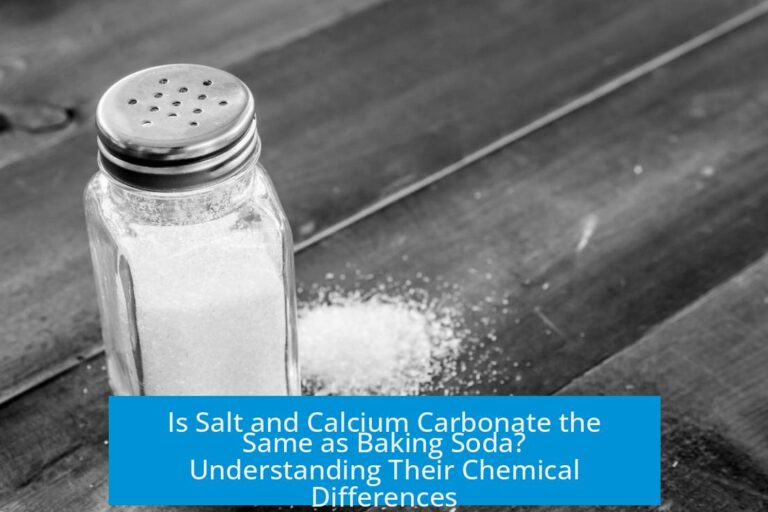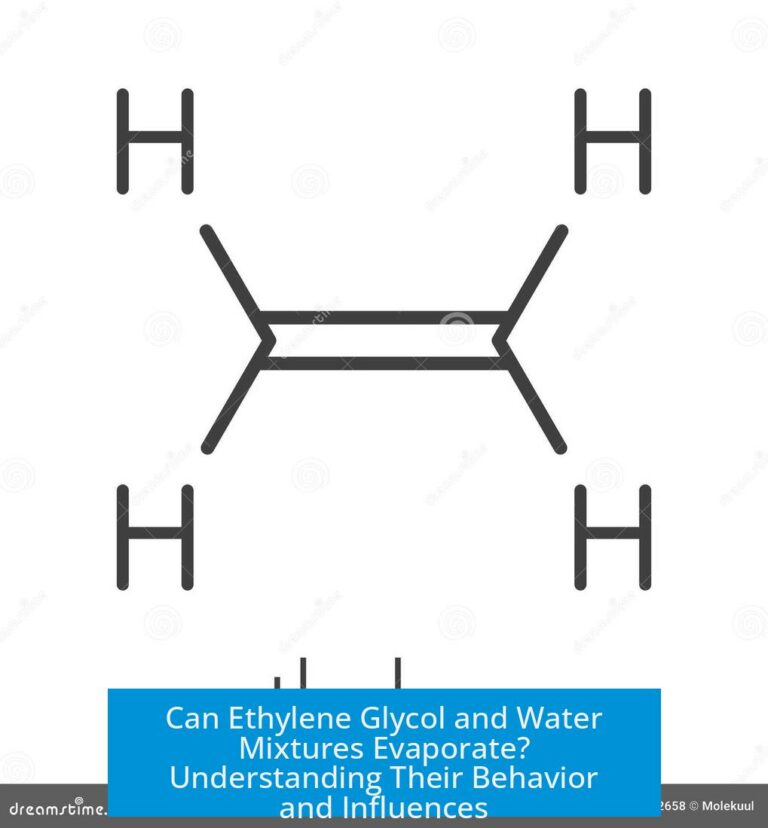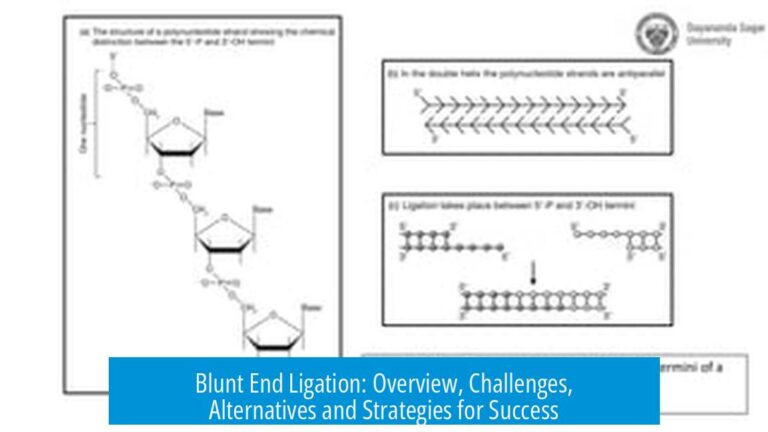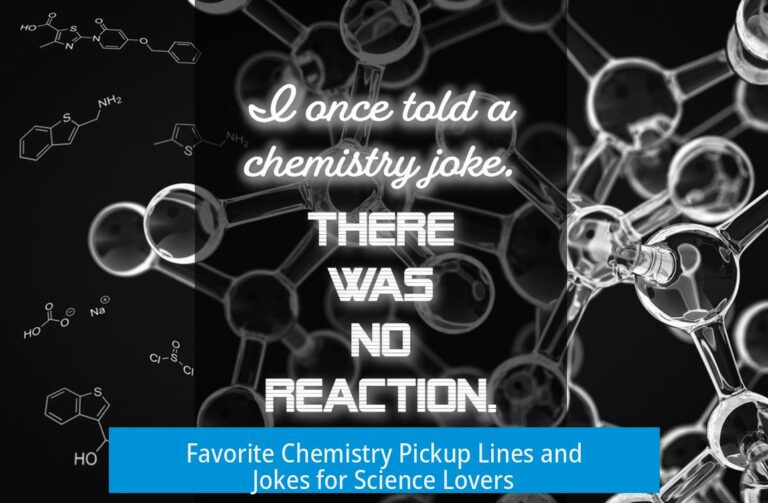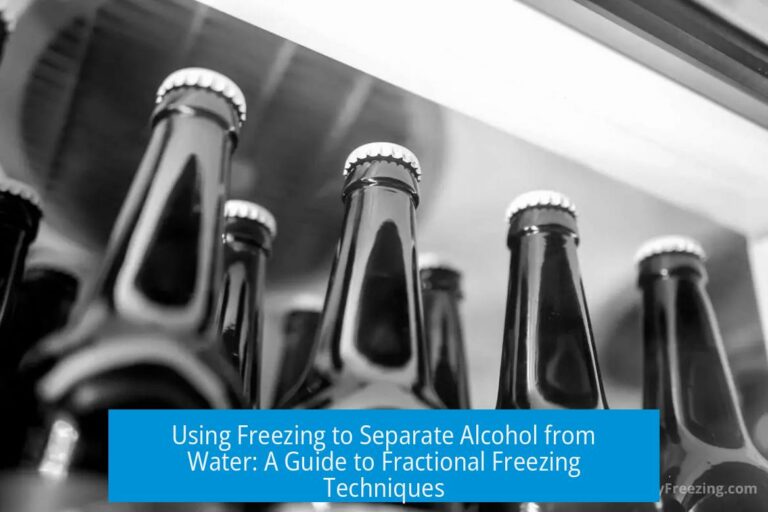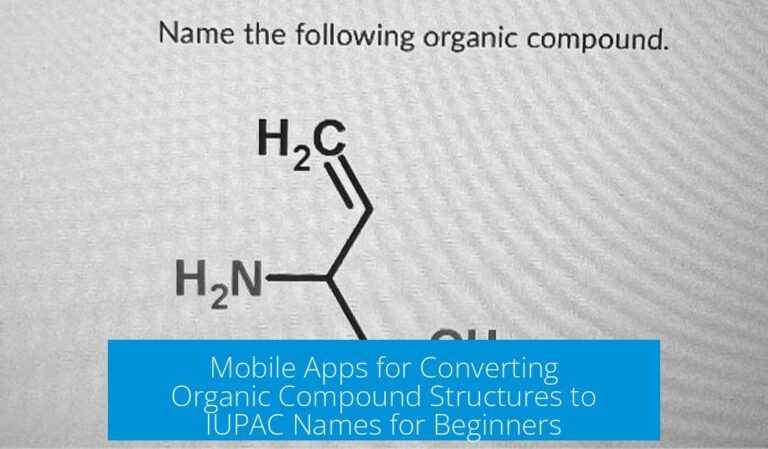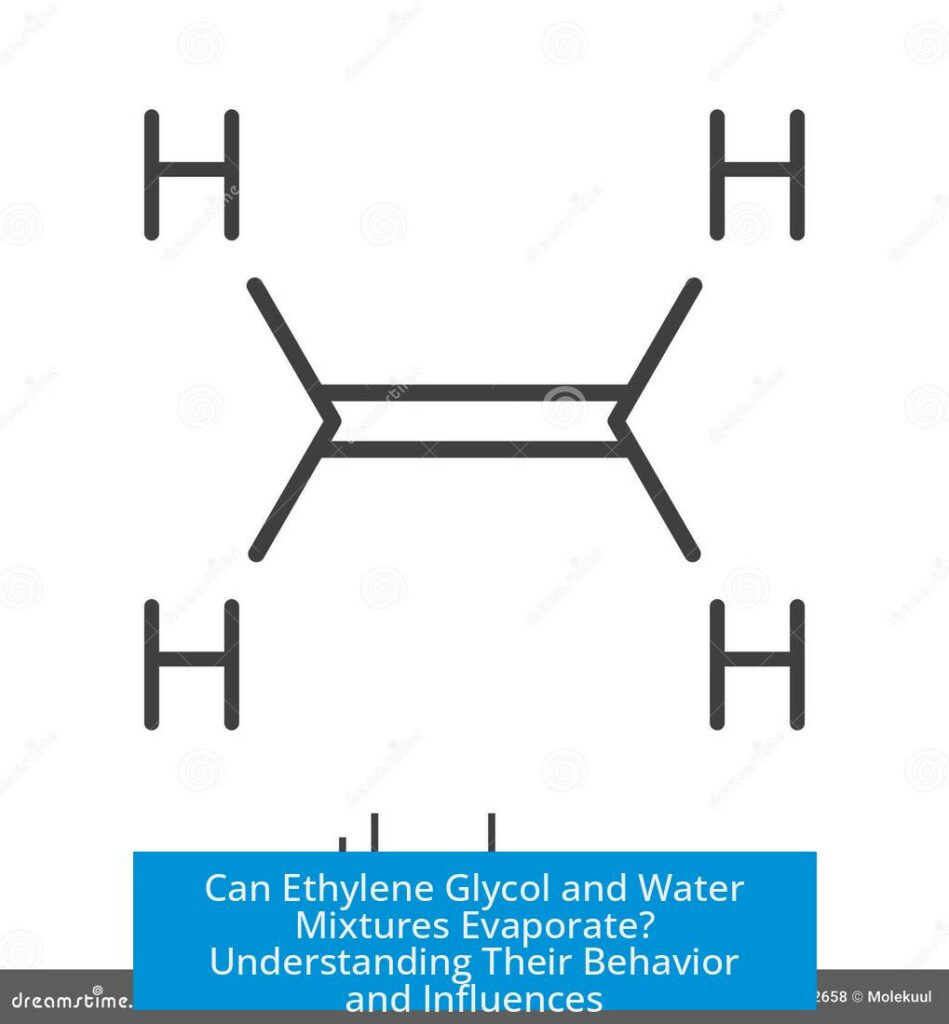Popular
Trending
1
2
3
4
5
6
7
8
9
10
Physics & Chemistry
Can Ethylene Glycol and Water Evaporate? Ethylene glycol mixed with water can evaporate, but the evaporation rates of the two components differ significantly. Water evaporates more readily due to its...
Blunt End Ligation: Overview, Challenges, and Alternatives Blunt end ligation is a molecular cloning technique that joins DNA fragments without overhanging nucleotides, but it is generally inefficient compared to sticky...
Clever Chemistry Pickup Lines and Jokes for Science Enthusiasts Chemistry pickup lines and jokes use scientific concepts to create humor or flirtation. These lines often combine accurate chemistry terms with...
Using Freezing to Separate Alcohol from Water Freezing can separate alcohol from water through a process called fractional freezing, which leverages differences in freezing points and the eutectic point of...
Cost Effective CO2 Scrubber: Solutions for Home Use A cost effective CO2 scrubber for home use currently faces significant challenges, as commercial devices typically cost between $5,000 and $10,000 and...
Is Salt and Calcium Carbonate Mixed Together Baking Soda? Salt (sodium chloride) and calcium carbonate mixed together do not form baking soda (sodium bicarbonate). They
Benefits for Cells in Multicellular Organisms Cells in multicellular organisms gain distinct advantages, including reduced workload, improved protection, and enhanced efficiency through specialization. This setup
What Are Alpha, Beta, and Gamma Particles? Alpha particles are helium nuclei composed of two protons and two neutrons, carrying a +2 positive charge. Beta
How to Check the RNA Quality? Checking RNA quality involves assessing RNA integrity after extraction, typically using purification followed by visualization methods such as gel
Can Ethylene Glycol and Water Evaporate? Ethylene glycol mixed with water can evaporate, but the evaporation rates of the two components differ significantly. Water evaporates


